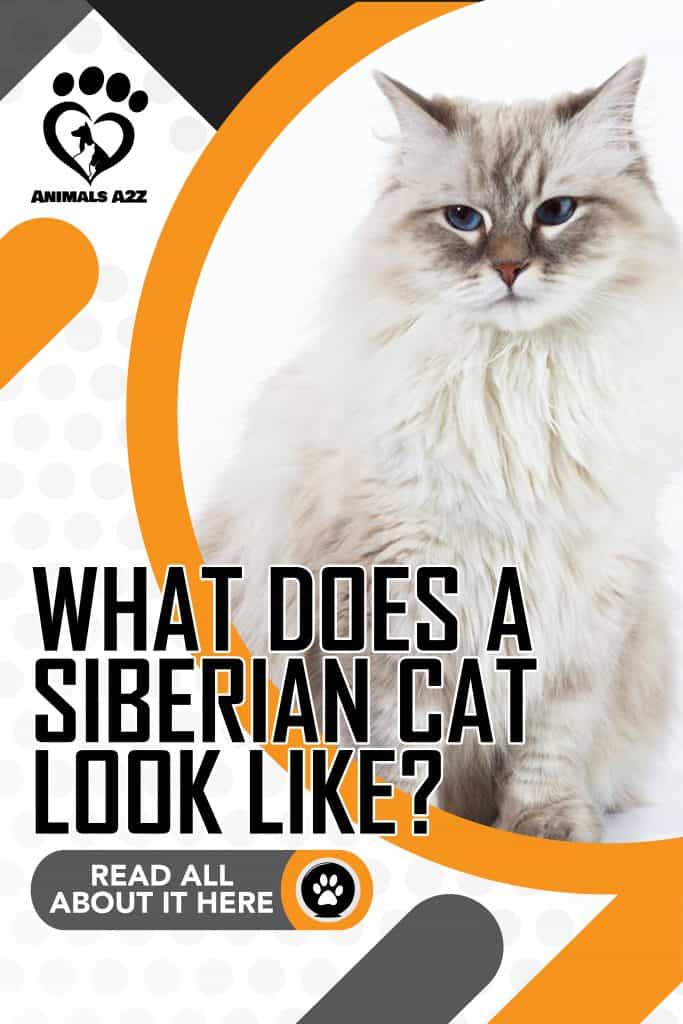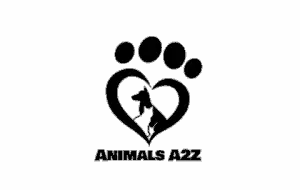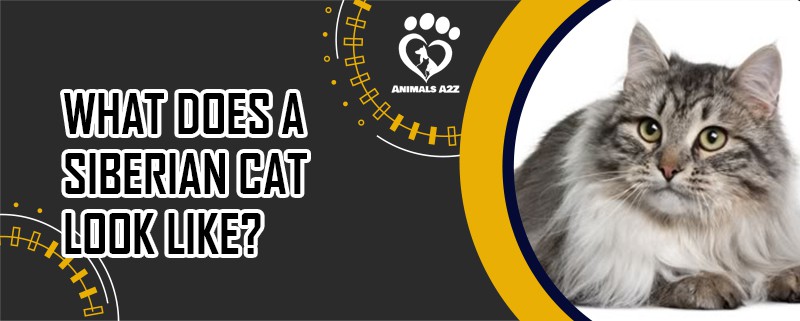The Siberian cat is a medium to a large-sized cat with a muscular and robust built. At first glance, the Siberian cats look very similar to Maine coons. But the Siberian cats have a more rounded body structure covered with layers of coat designed to survive the harsh climate. Their ears and eyes are round too.
Read on to know more about the general appearance of a Siberian cat.
Table of Contents
The history of the Siberian cat
The history of the Siberian cat or Siberian Forest Cat, also called Moscow longhairs, could be dated from around 1000 years and is known to come from Russia, even branded as Russia’s national cat. Their origin couldn’t be precisely dated, but for 1000 years, they are mentioned in fairy tales and children’s bedtime stories. Their long, lustrous coats are naturally designed to survive the dense climate in Siberia.
They were mostly domesticated back then because of their hunting skills, as petting them meant fewer rodents inside the home. In 1990, the Siberian cats were one of the most expensive cat breeds in the U.S. until these days; the Siberian cats are still rare in the U.S and even in other parts of the world. In 2016, a movie called Nine Lives, starred by Kevin Space, was released where the workaholic dad’s mind was stuck inside her daughter’s pet Siberian cat.
Identifying the physical characteristics of a Siberian Forest Cat
The physical characteristics of the Siberian cat are naturally-designed to survive the harsh climate in Siberia. Some of their attributes resemble that of a Maine Coon and Norwegian Forest Cat.
Muscular body
The Siberian cat is in between a small and a large breed of cats. The body is usually in medium size with well-toned muscles. Their backs are slightly arched, and bellies are firm. Compared to human stature, they are most likely to be labeled as “manly” or “masculine.”
Wedge-shaped head
In general, the head is in wedge-shape with large tufted ears. The head is in the right proportion with the body since it is also medium in size. The muzzle is short and rounded. The cheekbones are not prominent but not too flat either. The neck is round, and just like the general body, it is well-toned and muscled. The head is narrow in the muzzle but round at the top.
Thick tail
The tail of the Siberian cat is medium in length but shorter than the whole body length. The tail is broad and evenly thick.
Round-shaped ears
A Siberian Cat’s ears are medium in size, slightly rounded, and located at the sides of the head rather on the top. The hairs in the ears of a Siberian Cat are short and thin.
The legs are medium in length and are not proportional to each other as the front legs are slightly shorter than the hind legs. Their disproportional legs create an arch and give them the ability to jump athletically.
Round-shaped eyes
The most common shades of eye color are green, gold, copper, or a combination of green and gold. The size of their eyes is ranging from medium to large, round eyes. Their eyes are located one width apart and are usually alert-looking. White Siberians are more commonly to have blue eyes or even odd-colored eyes. Their eyes are commonly green or gold, which gives them a friendly expression.
Long coat
The coat of a Siberian cat is designed for a winter climate as it is moderately long to long hair and thick. The head of an adult Siberian is abundant with ruff settings. Their coats don’t get wavy and curly, and the texture varies from coarse to soft. Their most unique attributes are their three-layered coat, which consists of coarse to straight hairs to the wavy hairs. They have a water-resistant coat, so taking a bath is not often necessary because bathing may disturb their natural oil production.
Colour
A Siberian cat is allowed of all color patterns and combinations. With or without white in any part of the body is acceptable. They come in a full spectrum of colors and patterns. The most common color found in the Siberians are tabbies, but they can also come solid or tortoiseshell.
Common questions about Siberian Cats
Are the Siberian cats hypoallergenic?
No cat is ever 100% hypoallergenic. The common misconception about cats is that their allergies are because of the cat’s hairs, but even the hairless Sphynx can cause an allergic reaction. However, in some reports, Siberian cats are considered hypoallergenic since they produce a lesser amount of Fel d1 than the other breeds. Fel d1 is a protein found in cats’ skin and saliva, mainly causing allergies in cats. However, the claim that Siberian cats are hypoallergenic has not yet proven scientifically.
Are Siberian cats good pets?
Siberian cats are kind and playful in nature, yet gentle. They are very active, and plays stimulate them mentally. Sometimes, due to their adventurous nature, unless you provide them with climbing perches, they will climb anywhere in your house, including your shelves with all your valuables. Also, in some cases, they need familiarization before completely getting along with children or whoever in the house is. A proper introduction may be required between your Siberian cat and strangers or new house pets.
Do Siberian cats shed a lot?
Siberian cats only shed seasonally in the spring and fall. They shed only to favor with the current climate, be it light or dense. It also requires the usual light grooming to keep the condition at top. Despite their long and thick coat, Siberian cats is perhaps one of the most low maintenance breeds of cats thus having them as a pet is a great advantage.
Final thoughts
Siberian cats may not have been very common due to its unique origin, but having this breed as your pet is perhaps one of the most worthy decisions you’d ever make. Despite its price, fur parents still buy Siberian Forest Cat because of its beauty and the affection it can devote to its owner. Despite its beauty, it is perhaps one of the most low maintenance breeds of cats.


